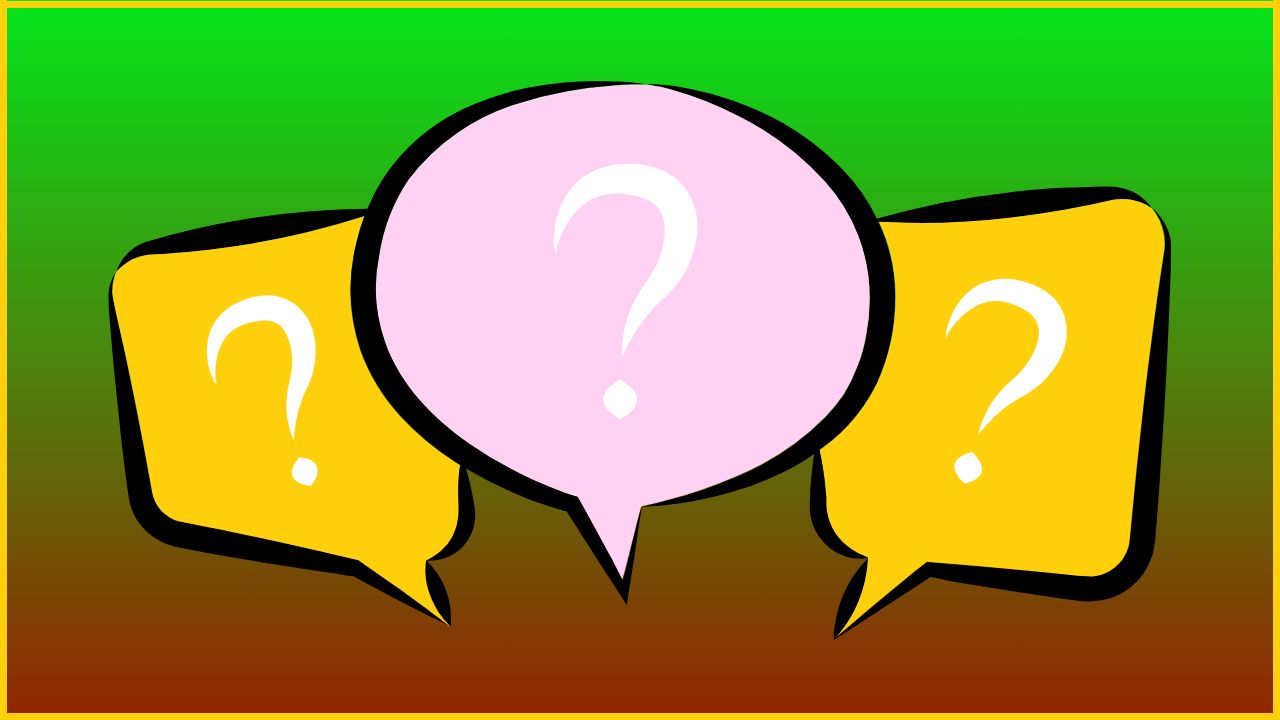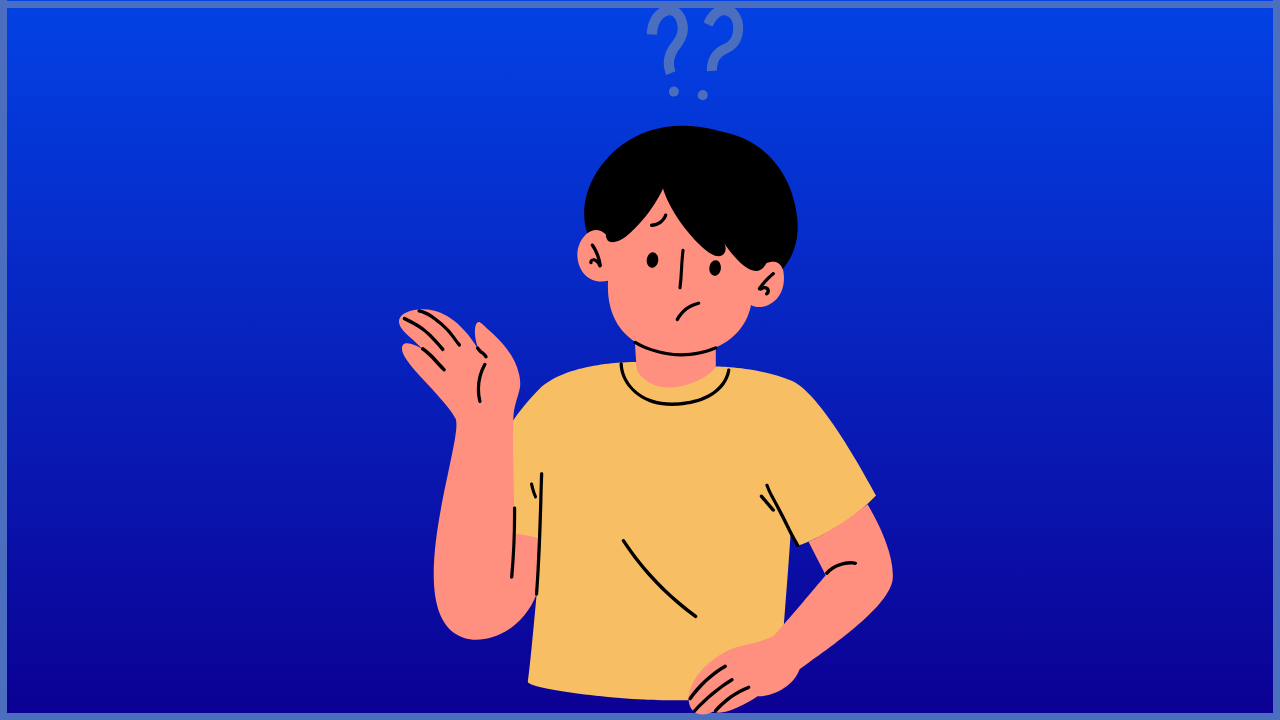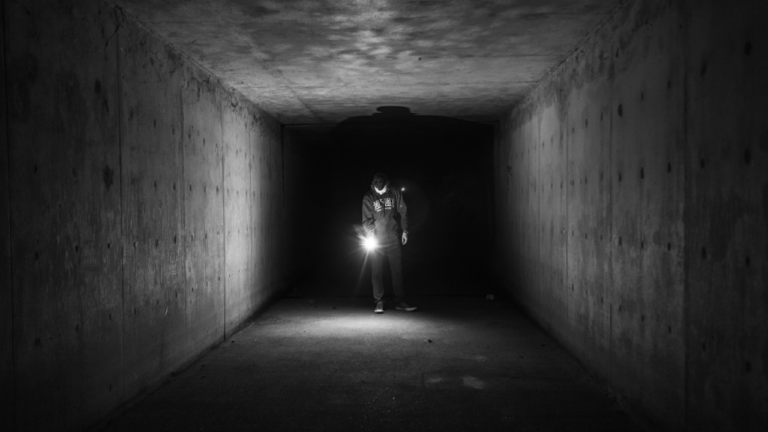How to Keep Track of Clues and Suspects: Note-Taking Tips for Mystery Games

In any murder mystery game, keeping track of clues and suspects is essential for piecing together the story and solving the mystery. Organized note-taking can give you a clear advantage by helping you recall vital details, connect the dots, and uncover hidden relationships between characters. Whether you’re a beginner or an experienced player, mastering the art of tracking clues and suspects can elevate your detective skills and make the game even more engaging.
Here’s a guide to help you keep track of clues and suspects efficiently in your next mystery game:
1. Create a Suspect List
A well-maintained suspect list is essential in any mystery game, helping you track everyone involved in the plot and their potential motives. By having each suspect organized in one place, you can easily reference their backgrounds and suspicious behaviors, making it easier to determine who might be hiding something crucial.
- Why It’s Important: Having a dedicated suspect list gives you a quick overview of everyone involved in the mystery and their potential motives. This can save time as you reference back and compare behaviors or statements throughout the game.
- How to Do It: Start by listing each character’s name, role, and any immediate impressions or known background information. Leave space for additional notes as you gather more clues. If you discover alibis, motives, or connections, update your list accordingly, making it easier to see who’s suspicious and who isn’t.
2. Organize Clues by Type
Mystery games often provide clues in various forms—from physical evidence to statements by other characters. Sorting these clues by type lets you compartmentalize information, making it easier to piece together the story. By categorizing, you’ll have a clearer picture of the game’s overall puzzle.
- Why It’s Important: Clues come in different forms—physical evidence, character statements, and behavioral observations. Organizing them by type helps you remember specific details more easily and allows you to see patterns in the evidence.
- How to Do It: Use sections or categories in your notebook or digital notes for each type of clue. For example, dedicate a page to physical evidence (like objects found at the scene), another to character statements, and another for odd behaviors or actions. As you gather new clues, add them to the appropriate category, so you can quickly reference details when forming your theories.
3. Use a Timeline to Track Events
Keeping track of events in chronological order can be the key to spotting inconsistencies in the suspects’ stories or finding new leads. A timeline helps you visualize what happened and when, giving you a deeper understanding of the case’s progression and possible discrepancies between accounts.
- Why It’s Important: Mysteries often involve a sequence of events, and understanding the order can reveal inconsistencies or confirm alibis. A timeline lets you map out what happened when, highlighting any gaps or conflicts in characters’ stories.
- How to Do It: Begin with the crime’s known details, then add events as you learn about them. Note each suspect’s movements, what they claim to have seen, and the sequence of interactions between characters. This timeline will help you spot discrepancies or suspicious gaps in people’s stories.
4. Make Connections Between Clues and Suspects
Connections between clues and suspects often hold the answers to the mystery. Mapping out relationships between suspects, alibis, and evidence can reveal hidden motives, alliances, or secrets. Making these connections transforms separate clues into a web of information that might reveal the truth.
- Why It’s Important: Clues rarely exist in isolation, and connections between them often lead to breakthroughs. Noticing relationships between suspects and clues can reveal hidden motives or alliances, guiding you closer to the solution.
- How to Do It: Draw lines or arrows to connect suspects with clues, or create mind maps to visualize relationships. For example, if two suspects mention the same alibi or both know about a specific piece of evidence, link those notes together. This network of connections helps you see alliances, rivalries, or knowledge that could expose the culprit.
5. Prioritize Important Details and Ignore Red Herrings
Mystery games love to throw players off with red herrings, but the key to solving a mystery is to focus on details that genuinely matter. By learning to recognize and prioritize valuable clues over distractions, you can stay on track and avoid getting sidetracked by irrelevant information.
- Why It’s Important: Mystery games often include red herrings—misleading clues meant to distract you. While they add excitement, it’s essential to filter them out to avoid getting sidetracked from key evidence.
- How to Do It: Pay close attention to clues that repeatedly come up or seem central to the storyline. Jot down initial thoughts on each clue, but be willing to re-evaluate their relevance if they don’t align with the bigger picture. By focusing on details that genuinely advance the story, you’ll avoid getting caught up in dead ends.
6. Summarize Your Theories Regularly
As you collect clues and insights, it’s helpful to summarize your theories periodically to see how they align with new information. Regularly reflecting on your findings allows you to adapt your suspicions, making sure you’re always up-to-date with the latest developments in the case.
- Why It’s Important: Summarizing your theories allows you to reassess your findings and adjust your suspicions based on new information. This process of reflection can bring overlooked connections or conflicting details to light.
- How to Do It: Periodically take a few minutes to review your notes and summarize your leading theory. Ask yourself, “Who seems the most suspicious, and why?” “Which clues point to them?” and “What inconsistencies need more investigation?” As new clues emerge, compare them against your theories to see if they strengthen or contradict your assumptions.
7. Use Symbols and Abbreviations for Quick Reference
With so many clues and notes to manage, using symbols and abbreviations can keep your records concise and easy to scan. A shorthand system can help you quickly highlight important details and streamline your note-taking, making it faster to recall critical information when you need it.
- Why It’s Important: With so many clues to track, symbols and abbreviations can save time and help you stay organized. Quick, visual markers make your notes easier to scan, especially if you need to reference them on the go.
- How to Do It: Develop a system of symbols for common elements: for example, use a star (*) for key clues, a question mark (?) for things that need further investigation, and an arrow (→) for connections. Abbreviate names or terms you encounter frequently. This system will keep your notes concise and allow you to spot important information at a glance.
Final Thoughts
Mastering note-taking in murder mystery games like thetracegame, can turn you into a more efficient and observant player. By organizing your notes, creating connections, and refining your theories, you’ll find it easier to track suspects and interpret clues. Remember, every clue has the potential to lead you closer to the truth. So, grab your notepad, dive into the mystery, and get ready to solve the case!






